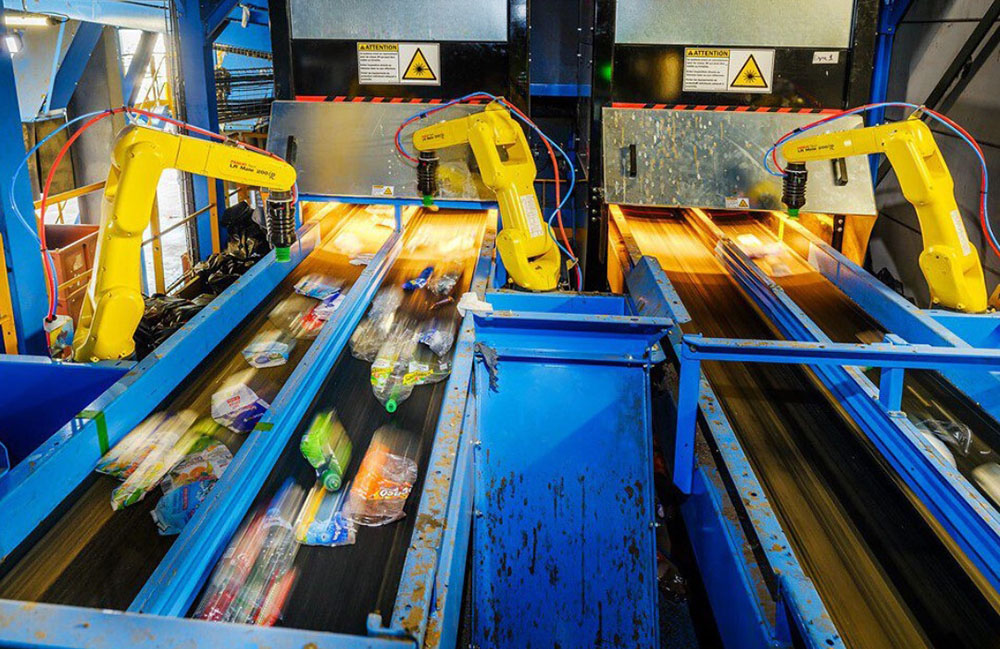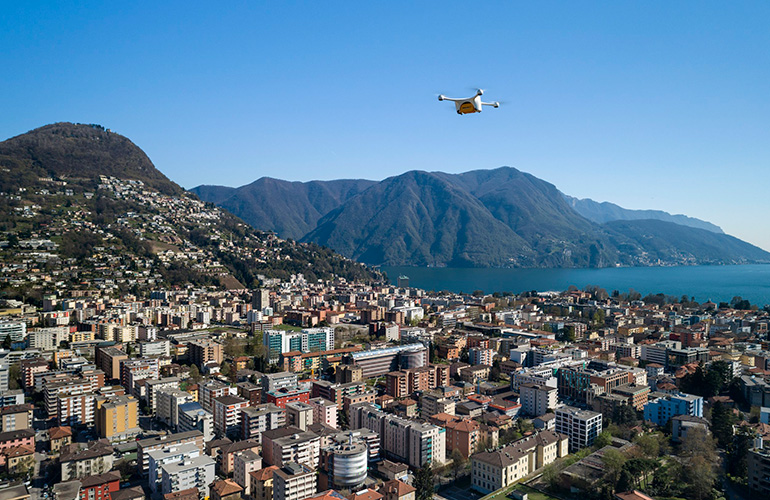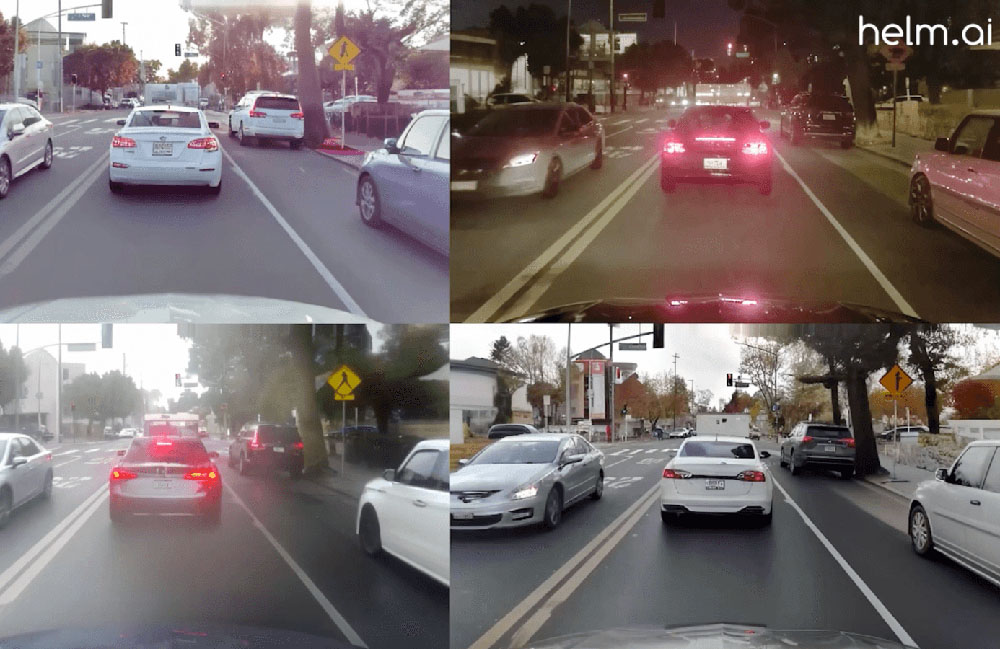Custos specializes in developing systems using the mobile robot platform from its parent company, Capra Robotics. | Source: Custos Robotics
Capra Robotics this week announced the formation of its new subsidiary, Custos Robotics ApS. The company said it established Custos to explore new business ventures within the security and defense industries.
Custos will specialize in non-offensive applications based on Capra Robotics’ mobile robots. In particular, it will work toward safer and faster localization for autonomous mobile robots (AMRs) to remove mines and unexploded ordnance (UXO).
Security and defense need innovation, said Capra, which claimed that its mobile robot platform is a strong starting point. Mads Bendt, founder and chief innovation officer of Capra, will lead the new company.
Capra Robotics’ strategy is to deliver innovative systems for inspection, logistics, and maintenance. This will remain the company’s focus, with its full resources and attention being dedicated to its customers and partners in these fields.
“Custos Robotics is a natural extension of Capra Robotics’ long-term strategy to establish subsidiaries to develop and market industry-specific solutions for their respective markets,” Niels Jul Jacobsen, the CEO of Capra Robotics, told The Robot Report.
“As another example, Urban Maintenance will at some point in time be spun out to be facilitated by another subsidiary,” he added. “We plan to do so because the operations and business model of this vertical will differ significantly from Capra Robotics’. The opportunity to establish a subsidiary for security and defense presented itself sooner than expected, but when the future catches up with you, you have to act.”
The company saw increased interest in dual-use applications for its robots, so it decided to spin off Custos to focus on this demand.
“Over the past couple of years, we have participated in research projects that have aided in mapping the need for non-offensive applications using AMRs,” said Jacobsen. “By establishing Custos Robotics now, we can use the knowledge gained to develop these applications in response to the increased demand, while maintaining Capra Robotics’ focus and commitment to our established verticals.”
Custos Robotics spells out mission
Custos said the Capra Robotics AMR offers agility, endurance, and ease of deployment for defense applications. The company has integrated multiple sensors for sensor fusion and data acquisition. Custos said that its technology will autonomously locate and register UXOs and that it will provide:
- Development of autonomous robots
- Integration of Capra’s mobile platform into existing security and defense systems
- Training and support
- Maintenance and updates
“Custos Robotics will utilize the state-of-the-art mobile robots from Capra Robotics,” said Jacobsen. “These robots are designed to maneuver in difficult and uneven terrain autonomously, which is crucial in mine and UXO-affected areas.”
“The two current robot platforms offer different strengths,” he explained. “The Capra200 platform has the longest range, whereas the stronger Capra500 can be used for heavier loads, larger sensor packages, and maneuvering in more challenging environments.”
The robots include sensors such as a magnetometer to locate artillery grenades. Once detected, Custos’ robots will mark the location for safe disposal by human teams, Jacobsen said.
“The most important element is confirming what areas can be deemed safe through a credible and well-documented evidence-based process,” he noted. “The goal is to create a system that not only enhances safety, but also significantly accelerates the land-release process.”
Capra Robotics said its AMRs combine unique steering, a flexible chassis, and the engine power to perform in challenging environments. The company designed its robots to serve multiple applications, from inspection and materials handling to UXO detection.
“One of the primary challenges will be navigating the regulatory landscape and ensuring that all our solutions meet stringent safety and compliance standards,” Jacobsen acknowledged. “Furthermore, the sector demands high levels of precision and reliability, which requires continuous innovation and extensive testing.”
“On the other hand, the opportunities are substantial,” he added. “We see significant potential for our technologies to enhance safety, reduce human risk, and improve operational efficiency in challenging environments.”
Capra Robotics was a 2024 RBR50 innovation award winner for its Capra Hircus, an AMR designed to navigate challenging terrain with ease, thanks to its patented kinematic model and four-wheel chassis. This robot can carry various types of loads while moving across rough and uneven surfaces.
Capra Robotics spinoff to get to work
Jacobsen said he knows where Custos Robotics’ systems are most urgently needed.
“It is estimated that there are currently 7.5 million unexploded artillery grenades on Ukrainian soil,” he said. “The extent of the current mine contamination is unknown, but it is the most in the world. This is within an area of 174.000 sq. km [67,181.7 sq. mi.].”
“Custos Robotics is currently developing a series of tools for Capra Robotics’ mobile robot platforms that are designed specifically for hazardous environments,” according to Jaccobsen. “The first goal is to release land for agriculture and construction use by localizing and marking the positions of individual UXOs, which are primarily unexploded artillery grenades.”
“A second goal is to look into performing land minesweeping with a different sensor package, for the same robot,” he said.
“These projects not only have the potential to save lives, but also to rehabilitate production and development in war-torn areas,” Jacobsen said. “Furthermore, it will transform how we approach de-mining and land-release efforts globally.”

 3 months ago
43
3 months ago
43










 English (US) ·
English (US) ·